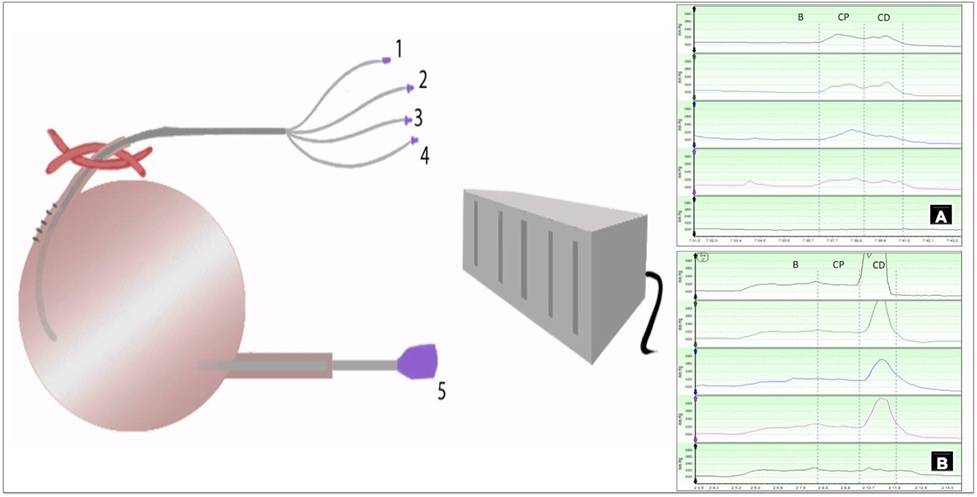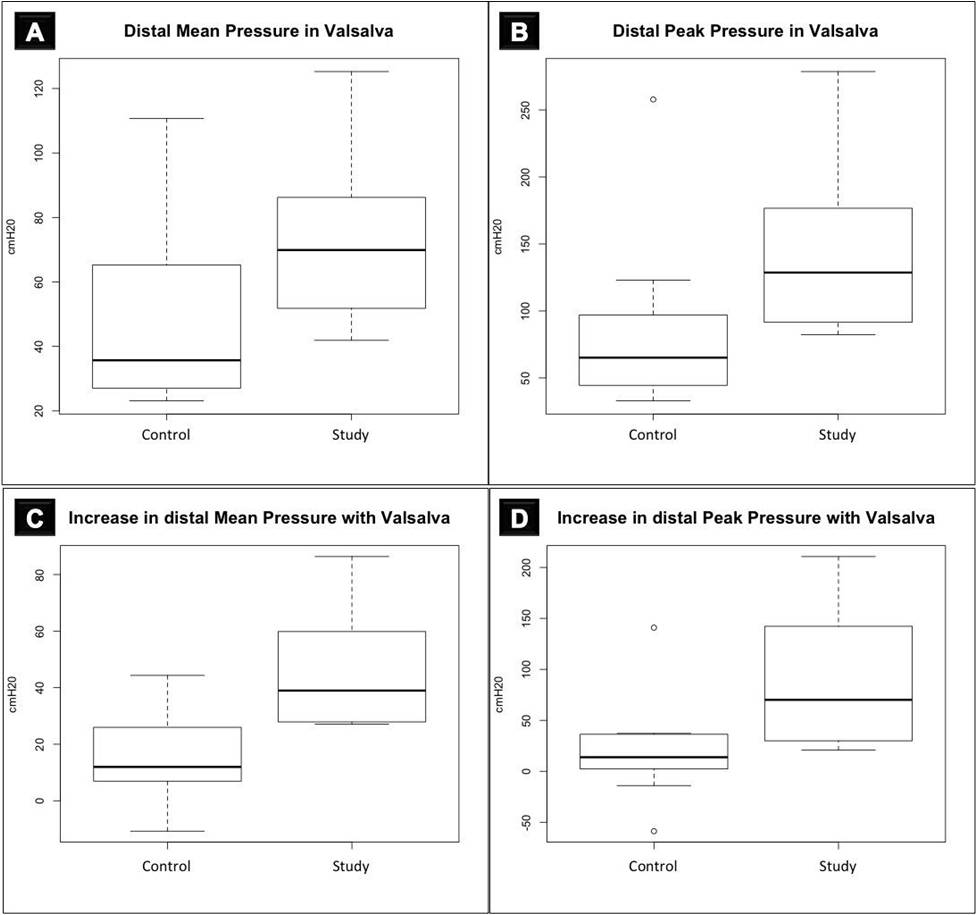-->
|
Back to 2014 Fall Congress Meeting Abstracts
CAN WE CREATE A NEOSPHINCTER BY CROSSING THE RECTUS ABDOMINIS OVER A CATHETERIZABLE CHANNEL? AN URODYNAMIC ASSESSMENT.
Átila Rondon, MD, Bruno Leslie, MD, Gilmar Garrone, MD, Sérgio Ottoni, MD, Riberto Liguori, MD, Marcela Leal Cruz, MD, Valdemar Ortiz, MD, Antonio Macedo Jr, MD.
Federal University of São Paulo, São Paulo, Brazil.
Introduction
Regardless of the type of catheterizable urinary conduit used, failure due to incontinence is reported in around 10% of cases in the literature. Principles of continence are based on the attempt to maintain the conduit’s luminal pressure above the reservoir pressure. Three principles have gained clinical relevance over time: flap, nipple and hydraulic valves. Yachia proposed a different mechanism based on crossing two strips of rectus abdominis muscle over a catheterizable conduit as a way to enhance resistance and reduce leakage rates in catheterizable reservoirs. Nevertheless, it is unclear whether the crossed muscle strips simulates a muscle sphincter mechanism, increasing the pressure in the conduit with rectus abdominis contraction. Herein, we investigated whether crossing rectus abdominis muscle strips, as proposed by Yachia, would change urinary catheterizable conduit’s pressure profilometry, in static and dynamic conditions, leading to improved continence.
Material and Methods: We selected 20 continent patients that underwent Macedo’s ileum-based reservoir, 10 including Yachia’s technique (Study Group) and 10 without this mechanism of continence (Control Group). Demographics and cystometric data were assessed. Conduit’s pressure profilometry was obtained by infusing saline through a multichannel catheter, at rest and during Valsalva maneuver. We assessed the pressure: a) in the bladder; b) in conduit’s proximal segment and; c) in conduit’s distal segment, which is presumably the abdominal wall and crossed muscle strips site.
Results: Mean age at surgery was 6.1 years in the Control Group and 7.7 years in the Study Group. There was no statistically significant difference between groups regarding Maximum Cystometric bladder Capacity and Leakage Point Pressure. At rest, the pressure profilometry showed similar results between groups in all segments analyzed. During Valsalva maneuver, pressure profilometry showed similar results between groups in bladder and conduit’s proximal segment pressure. In this condition, conduit’s distal segment pressure in the Study Group (Mean = 72.9 and Peak = 128.7 cmH2O) was significantly greater (p<0.05) than conduit’s distal segment pressure in the Control Group (Mean=48.3 and Peak=65.1 cmH2O).
Conclusions: Crossing muscle strips over the conduit significantly increases the pressure in its distal segment during contraction of the rectus abdominis muscle, which can be important in moments of sudden increase in abdominal pressure in order to keep continence.
  
Back to 2014 Fall Congress Meeting Abstracts
|




